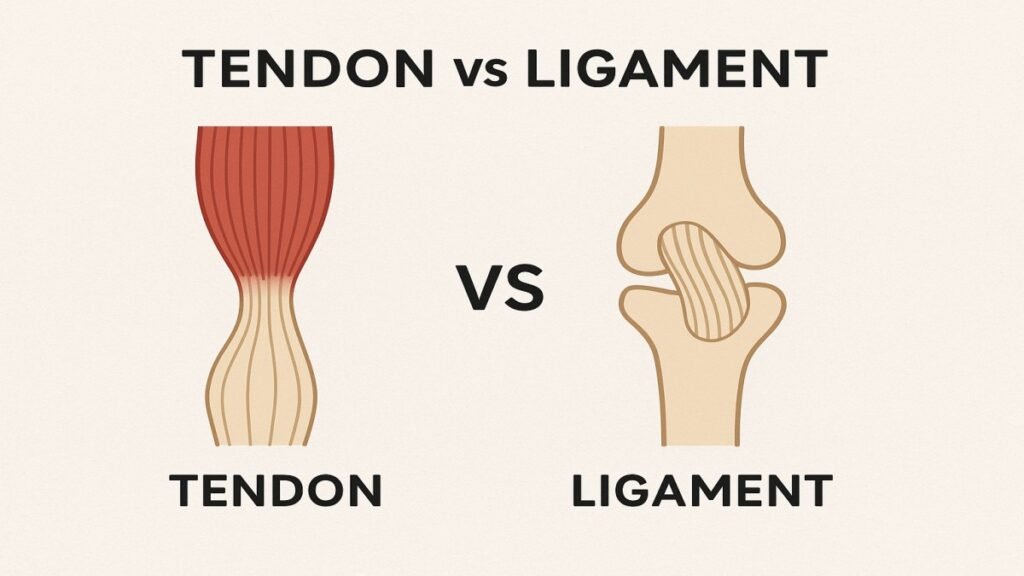Author: Giniä
Italian cuisine is famous for turning simple ingredients into unforgettable dishes, and tagliatelle is a perfect example of this philosophy. Long, flat, ribbon-like strands of pasta, tagliatelle is elegant yet comforting, traditional yet endlessly versatile. From rustic family kitchens in Italy to fine-dining restaurants around the world, this pasta has earned a respected place on the plate. What Is Tagliatelle? Tagliatelle is a type of long, flat pasta traditionally made from wheat flour and eggs. It looks similar to fettuccine but is usually slightly narrower. The name comes from the Italian verb tagliare, meaning “to cut,” referring to the way…
Introduction Snaggle Tooth. A smile can say a lot about a person—it’s often the first thing people notice in social or professional situations. But for some, dental misalignments like a snaggle tooth can make them feel self-conscious. While the term may sound lighthearted, it refers to a noticeable tooth that is misaligned, protruding, or sticks out compared to the others. This article explores what a snaggle tooth is, why it happens, its potential effects on health and confidence, and the treatment options available today. What is a Snaggle Tooth? A snaggle tooth is a crooked or misaligned tooth that noticeably…
Some steaks are meals. Others are events. Chateaubriand firmly belongs to the second category. Rich in history, melt-in-your-mouth tender, and unapologetically elegant, this legendary French steak has been turning ordinary dinners into fine-dining experiences for centuries. If filet mignon is refined, chateaubriand is royalty. What Is Chateaubriand? Definition and Meaning Chateaubriand is a thick, center-cut portion of beef tenderloin, traditionally prepared for two people. It’s prized for its exceptional tenderness rather than intense beefy flavor. Why It’s Considered a Luxury Steak Because it comes from the very heart of the tenderloin—an area that does almost no work—the cut is scarce,…
Introduction Define Conquesting. In the digital age, businesses are constantly battling for attention, loyalty, and market share. One particularly bold advertising strategy that has gained popularity is conquesting. This marketing tactic is all about directly targeting your competitors’ customers by placing your ads next to or against your rivals’ brand names, products, or keywords. While it can be highly effective in swaying potential buyers, conquesting also sparks debates about ethics, legality, and long-term customer trust. So, what exactly is conquesting, and how can businesses use it effectively? Let’s break it down. What is Conquesting? Conquesting, in marketing terms, is the…
Introduction Tendon vs Ligament. People often confuse tendons and ligaments because they both belong to the connective tissue family. But while they may look similar under a microscope, their roles in the human body are very different. Knowing the difference isn’t just medical trivia—it’s crucial for understanding injuries, healing, and even sports performance. What Are Tendons? Tendons are fibrous connective tissues that attach muscles to bones. They act like tough cables, transmitting the force generated by your muscles to your skeleton, allowing movement. For example, the Achilles tendon connects your calf muscles to your heel bone, making walking and running…
Introduction Have you ever thought about what happens when too many investors rush to pull money out of a fund at once? That’s where the concept of a gating fund comes into play. It might sound restrictive, but it’s actually a protective mechanism designed to keep investment funds stable during turbulent times. In this article, we’ll break down everything you need to know about gating funds — from what they are, why they exist, how they work, and what it means for you as an investor. Understanding Gating in Finance The word gating in finance simply means putting a limit…
If spaghetti had a bolder, more adventurous cousin, it would be bucatini pasta. Thick, chewy, and unmistakably unique thanks to its hollow center, bucatini is a beloved Italian pasta that knows how to hold onto sauce like a pro. It’s comforting, versatile, and quietly elegant one of those ingredients that turns a simple dish into something unforgettable. Let’s explore what makes bucatini pasta special, how it’s traditionally used, and why it deserves a permanent place in your kitchen. What Is Bucatini Pasta? Bucatini is a long, cylindrical pasta similar to spaghetti, but with one key difference: it has a hole…
Running a business is a journey filled with challenges, rewards, and constant learning. Whether you’re a first-time entrepreneur or a seasoned business owner, success often hinges on staying informed and adaptable. That’s where BizFusionWorks comes in — a platform known for sharing practical, expert-backed advice tailored specifically for today’s business leaders. This article compiles expert tips for business owners, inspired by the kind of insight found on BizFusionWorks, to help you navigate the modern business landscape effectively. 1. Set Clear and Measurable Goals Successful businesses are guided by goals that are specific, measurable, achievable, relevant, and time-bound (SMART). Whether it’s…
When people hear the word linoleum, many imagine old-school kitchens or vintage classrooms. But here’s the twist linoleum is making a quiet comeback. Durable, eco-friendly, and surprisingly stylish, linoleum flooring has evolved far beyond its outdated reputation. In today’s world of sustainable living and smart design, linoleum fits right in. Let’s break down what linoleum really is, why it still matters, and whether it might be the right flooring choice for your space. What Is Linoleum? Linoleum is a natural flooring material made from renewable ingredients such as linseed oil, cork dust, wood flour, pine resin, limestone, and jute backing.…
Plant-based food is no longer just a passing trend; it has become a lifestyle choice for millions of people around the world. From health-conscious eaters to food lovers seeking new flavors, vegan cuisine is gaining attention for all the right reasons. In this growing digital food space, veganovies com emerges as a food-focused platform that highlights how vegan meals can be tasty, satisfying, and deeply connected to culture and creativity. Understanding the Growing Love for Vegan Food Vegan food has evolved far beyond basic vegetables and plain meals. Today, it represents a fusion of nutrition, innovation, and global flavors. People…













